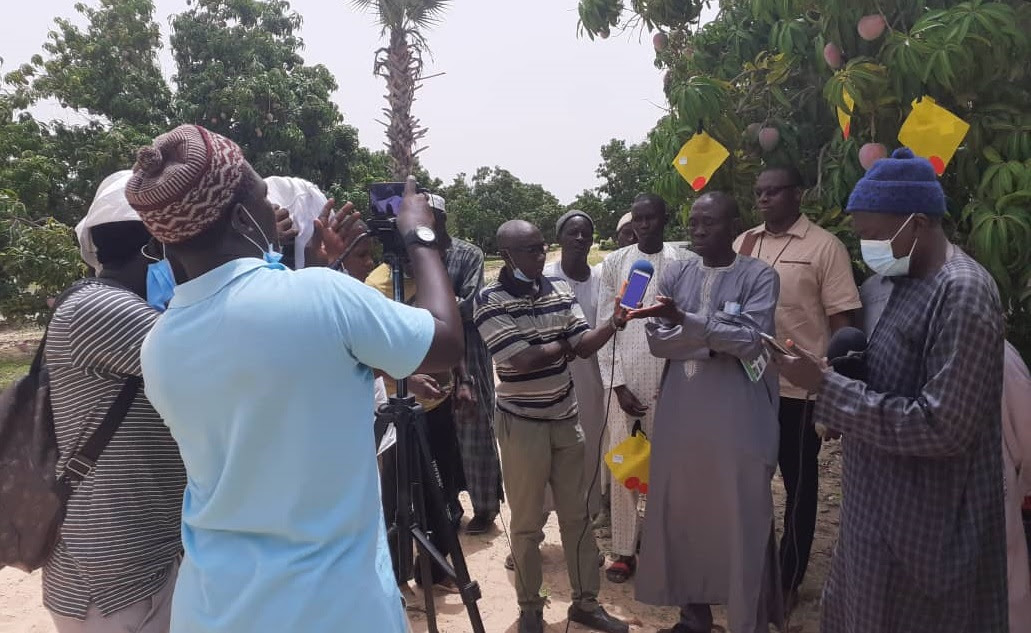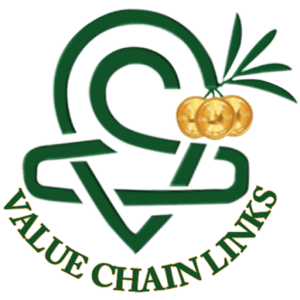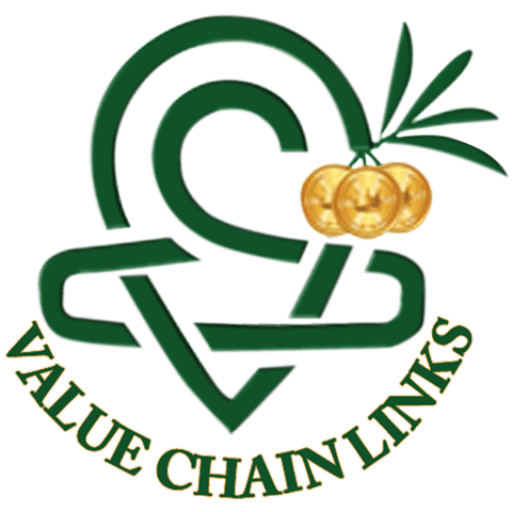IS “INCOME LEAPFROG” POSSIBLE FOR SMALLHOLDERS IN EMERGING ECONOMIES?

By Dr. Nimrod
“Innovation is the only path for the leapfrogs we need for our survival.”
DREAM, DREAM, DREAM…
Twenty-seven years ago, while I was spraying my orchards nearly daily (mostly at night), I dreamed of the day when there would be better technology with better results than spraying poisons.
It took me over twenty years before Biofeed completed the development of the 6th generation of Freedome, and I realized my dream in practice.
Then, I started dreaming about using the power of the Freedome breaking through technology to help farmers in emerging economies to double their income, bring prosperity and a better future.
It took me five years of design and development before we completed Green Valley’s large-scale POC (Proof of Concept), where we demonstrated for a fifth year in a raw how farmers’ income can increase by 50% to 500% in a single season!
How did we do it?
What happened that enabled that “Income Leapfrog”?
The strongest power we have is to DREAM and see a version of the future before it happens.
Once you have imagined and articulated the future you want, then (unknowing) you have performed 90% of the way to fulfilling your dream. The rest, 10%, which takes a long time, is the motivation, patience, perseverance, and determination to act and “to walk the talk” in practice.
Now you know, the future will be as you imagine it! I know how I dream the future of farmers in emerging economies; I have articulated it and seen it came true.
This “dream” I fulfilled is called Green Valley, and I invite you to join the Green Valley ride.
CAN YOU BELIEVE IT IS POSSIBLE?
Sometimes the daily reality is so far from your goal that you are afraid to dream. That is not good. How can you achieve a better future if you can’t even dream it?
To help overcome that obstacle, let’s look at an example from another industry. Then we can project the conclusions on the possible future of agriculture in emerging markets and use it as a reference for the way forward.
THE EXAMPLE, THE COMMUNICATION INDUSTRY
The order of modern time communication technologies developments –
* Electric Telegraph – 1843.
* Landline telephone -1889.
* Computers and internet – 1940 – 1976 when the PC was born.
* Mobile telephones – first SMS 1992.
* Smartphone – 2002 Blackberry and in 2007 the iPhone is released.
Technology-wise, the earlier communication products (Telegraph, Landline telephone, etc.) are less complex than the latter (Mobile phones and Smartphones).
Yet, from 1843 to the 1990s, for 147 years, communication in the rural areas of emerging economies was poor and lag.
Only when mobile phones and mainly smartphones arrived did “the communication leapfrog” occur; communication across emerging markets, including rural areas, miraculously improved and brought an enormous change to our lives.
Although the government did not provide smartphones, and their cost is higher than a phone call when using a landline, people purchase them.
Nowadays, wherever you go in Africa, Asia, and any other emerging market, you will see many farmers holding a mobile phone or a smartphone.
Today, regardless of who you are or where you live, you can, in practice, communicate with anyone around the globe. The communication gap is closed, and communication is “democratized”.
Surprisingly the emerging markets have not adapted to technology, but the technology and business models have eventually met the demands and capabilities of the emerging markets.
In practice, emerging markets skipped many generations of communication development and moved straight to using the most current and state-of-the-art technology. They performed a perfect “communication usage leapfrog”.
Looking at the example of the “communication industry,” do you think the “agro-industry” can and would eventually experience an incremental or leapfrog development?
A LESSON TO LEARN
After learning and understanding the “communication case study,” one should wonder and ask –
“How is it possible that the smartphone, which technologically is far more sophisticated than the telegraph or landline phone, has managed to bring the communication revolution to Africa and emerging markets, while the others have failed?”
The common ground to communication technologies that failed to penetrate and take root in emerging markets is their partial or complete dependency on implementation by the government.
Contrary to the above, the commercial companies depended on governmental regulatory decisions and payments to introduce cellphones and smartphones to emerging economies. However, even when it took time and big money, regulatory approval eventually came.
The cellular network deployment was carried out on a business basis based on proven technology and business models. The commercial communication providers used their own financing and teams. As they wish to get fast ROI, the technology deployment and the marketing occurred fast and efficiently.
A SINGLE CASE OR A RULE?
We see that as long as communication was entirely dependent on government activity, for nearly 200 years, the residents of emerging economies suffered from high costs with low quality and little availability of communication services.
Although not intentionally, the low governments’ efficiency led to the continuation of the “communication lag,” relatively to the rest of the world.
Now it is time to ask if such structure is a single case that is true only to the communication industry or a case that attests to the rule.
When looking at emerging markets from a macro perspective, we see that the liberal professions and small businesses, such as accountants, lawyers, engineers, programmers, and grocery are relatively prosperous.
Success continues even for big and complex businesses, provided the government is not involved in executing activities, and the ROI is attractive.
At the same time, sectors and industries in which the government is either heavily involved or have not yet removed regulatory barriers are those where the development is slow and lag. Examples of this are found in infrastructure – roads, railroads, airports, water, sewage, health, education, etc.
WHAT ABOUT AGRICULTURE?
The agricultural sector in emerging markets often comprises over 50% of the country’s labor force while being responsible only for a relatively small percentage of the country’s GDP. Hence, the economic advancement of that sector is critical for the country’s financial success.
On its face, it may look as if government involvement is low in the agro-sector, while in fact, it is very high.
If that was the case, then why don’t we see the rapid development of the agro-sector in emerging economies?
The truth is that the agro-sector is highly regulated, and farmers’ success is highly dependent on government activities!
Today, farmers are entirely dependent on their government to provide them with a supportive environment.
Such “environment” would include many components, including access to quality roads, logistics, cold chain, electricity, water, access to premium markets, cultivation technologies, know-how, R&D, supportive regulation, effective crop protection tools, international agreements for produce export, phytosanitary approvals to export, protocols, certifications, etc.
The above is part of what is called The Agricultural Package. The content of The Agricultural Package is constantly changing and updated according to the changing environment, requirements, and demands.
Unfortunately, most emerging economies have access to a minimal, partial, or undeveloped version of The Agricultural Package, which is unsuitable for their current needs and demands.
When you find successful agricultural enterprises, you see that those companies made sure to have access to the most advanced and updated Agricultural Package that enables them to reach export-quality produce, and hence, if desired, to export to premium markets.
Smallholders are no exception to the rule, and if they wish to improve their livelihood, they should grow export-quality produce to enable their participation in the massive export markets.
Farmers’ potential highest income per hectare can be achieved when exporting high-value fresh produce, such as mangoes, avocadoes, and citrus.
However, that is not easy as exporting high-value fresh produce requires access and application of the most advanced Agricultural Package.
OVERCOMING THE CHALLENGES OF THE AGRICULTURAL PACKAGE
Every industry requires some “Package,” which without it, it can’t lead and succeed. Not practicing “A leading Package” means that you are left behind and, over time, become irrelevant with the perspective your business will fail.
The result of inadequate agriculture Package is the continuation of poverty and hunger.
A typical agricultural project in emerging markets would focus on technology and know-how transfer. Subsequently, such a project would measure itself based on technology/know-how, or even the yield per hectare before and after the project.
In contrast, Green Valley measures itself and focuses on one thing ONLY – the farmer’s income per hectare when taking part in Green Valley versus before the program.
It means that all activities and technologies practiced as part of the Green Valley Package are measured the same way, asking – “By how much will it increase farmer’s income?”
This straightforward approach enables farmers who practice Green Valley to perform an income leapfrog.
This is why farmers who participate in the Green Valley program report income increase, ranging from 50% to 500%, already in the first season!
The Green Valley Package is the answer to the fundamental inability of emerging economies to offer a state-of-the-art Agricultural Package to their farmers while focusing on FARMERS’ FINANCIAL OUTCOME.
(More about the Green Valley model in the links below).
To ensure the financial results are better, the Green Valley Package must contain the necessities for thriving agriculture, starting from designing the field or orchard to the supermarket shelf.
It includes protocols, standards, technologies, know-how, knowledge, IP, marketing, business approach, branding, and supply chain elements.
The Green Valley Package is available and accessible to smallholders thanks to its underlying business model based on revenue sharing. Meaning, Green Valley profit only if the farmer increases his income and vice versa.
In short, the Green Valley Package replaces the need of each country and individual farming sector to develop from scratch its Agricultural Package, which, when done alone, can take decades and centuries.
Instead, the Green Valley (field-tested and proven) model enables importing state-of-the-art customized and localized elements.
Hence, making the most advanced Agricultural Packages instantly available and affordable to farmers of emerging economies.
The Green Valley concept and attitude are to provide countries and agricultural sectors with the best possible Agricultural Package by designing and tailoring the Package they need and then importing the most advanced elements and assembling them locally.
The Green Valley model enables countries and the agricultural industry sectors to leapfrog and gives them a substantial chance to become a world leaders.
The following principles are necessary to create and sustain an agricultural leapfrog in emerging economies.
1) Fully and simultaneously applied. The Green Valley model will live out to its long-term expectations when fully used and operational like any machine or factory.
2) Export-oriented. Green Valley revolves around export. Export means; foreign currency income, but it also means values, which Green Valley wishes to promote and sees as its core.
3) High added value crops. Green Valley is about increasing the income of farmers, which is best done by the export of high-quality added-value crops to premium high price markets.
4) Vision2Market approach. Green Valley believes it should reflect the vision of the country where it is implemented.
5) It’s all about people. Green Valley is a model made by people for many people.
6) Government Involvement. Its role is to create conditions and a business environment, including regulations and legislation. This enables the Green Valley model to exist, perform well, and increase farmers’ income per hectare.
7) Business-oriented. Green Valley‘s model and structure are fully business-oriented, expecting that ALL participants will do better with it than without it.

| TAKEAWAYS» A SWIFT CHANGE in an industry is possible when technology is successfully combined with a business model.» GOVERNMENTS’ INVOLVEMENT in the execution of programs is often counterproductive and halts fast progress.» LEAPFROG of the agriculture sector into advanced and profitable export-oriented agro-industry is possible and doable.» THE AGRICULTURE SECTOR is highly dependent on governments’ activities and requires a complex Package to succeed.» THE PRIVATE SECTOR in emerging economies has already helped leapfrog many industries, and when conditions allow will lead to “The Agriculture Leapfrog”.» THE GREEN VALLEY MODEL is field proved to perform a leapfrog of the agro-sector in emerging economies.» GREEN VALLEY PACKAGE is built and designed to bring farmers the leapfrog they have waited for so long and transform the whole emerging markets’ agriculture into a successful agro-industry business. |
| Please, if you found value in this article, it would mean a lot to me if you sent me a comment and shared it with your friends. |

